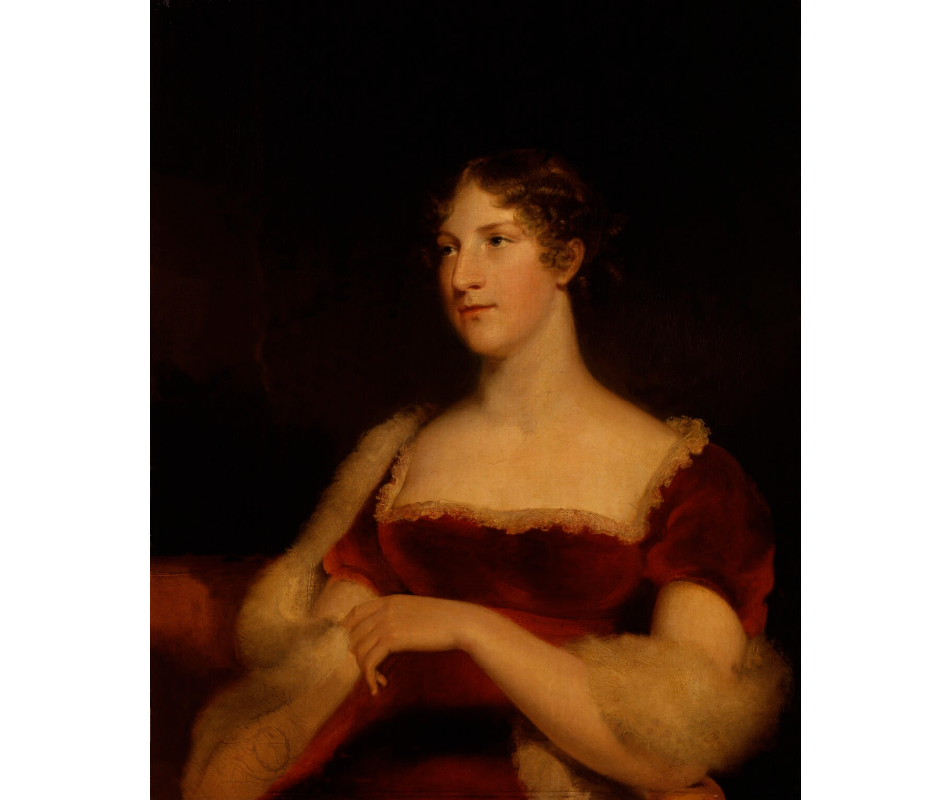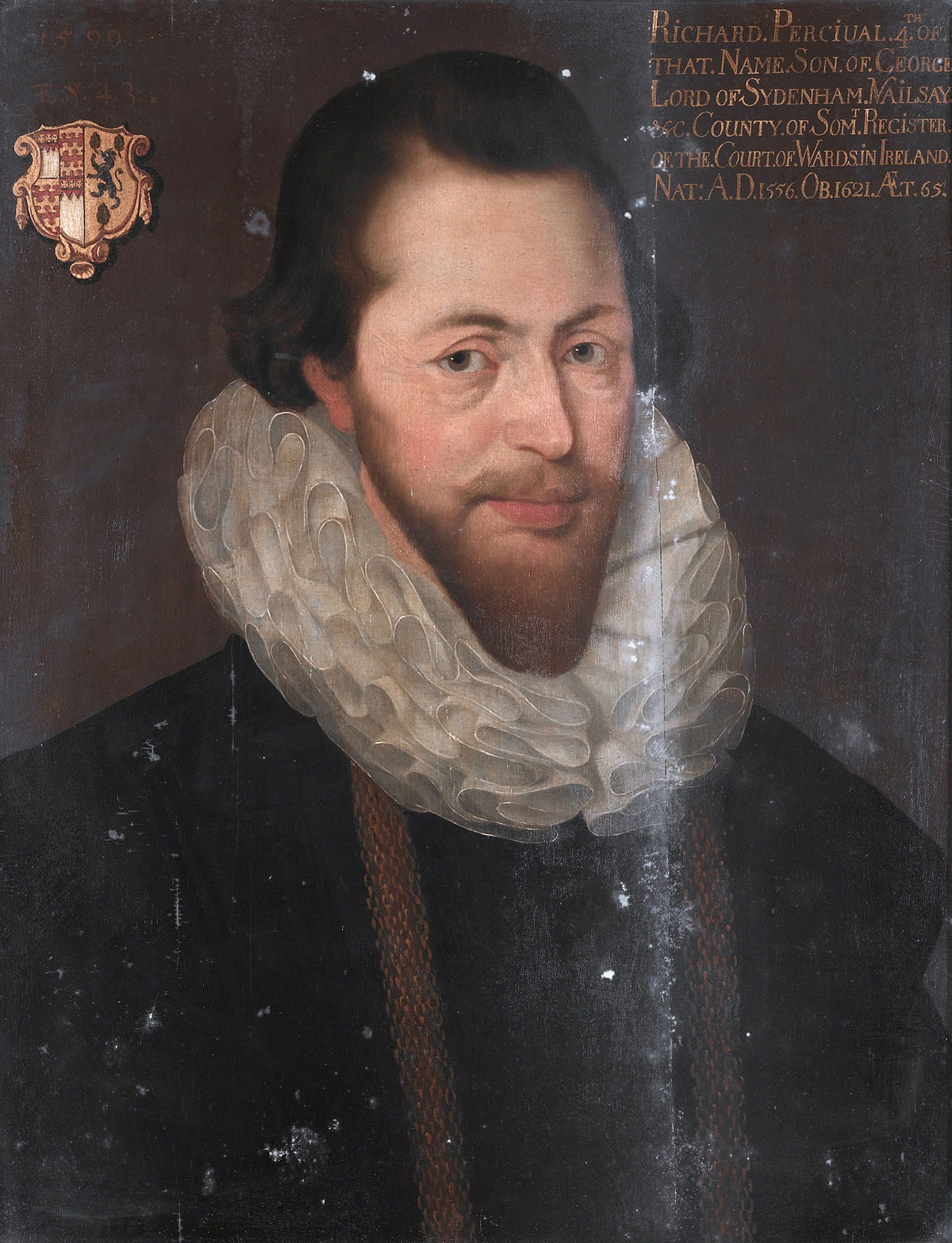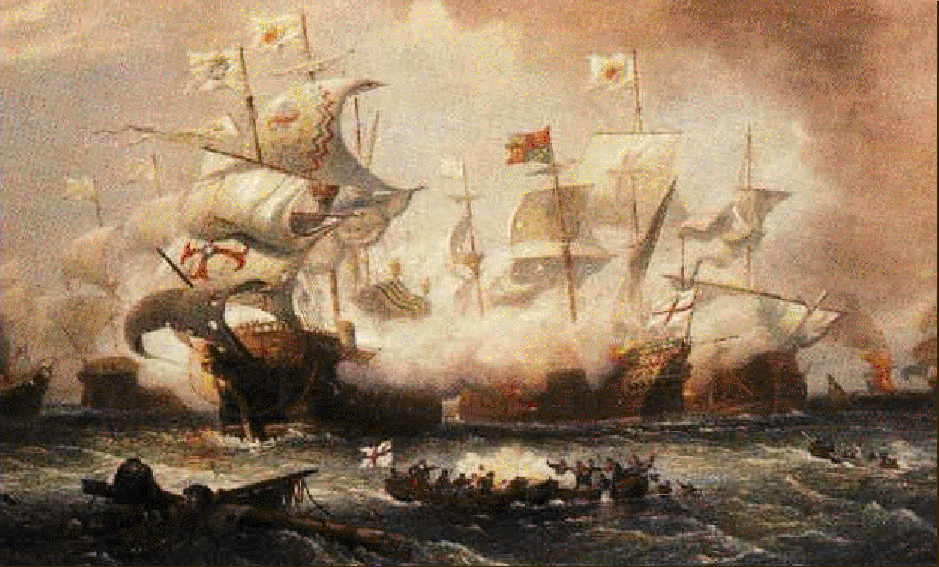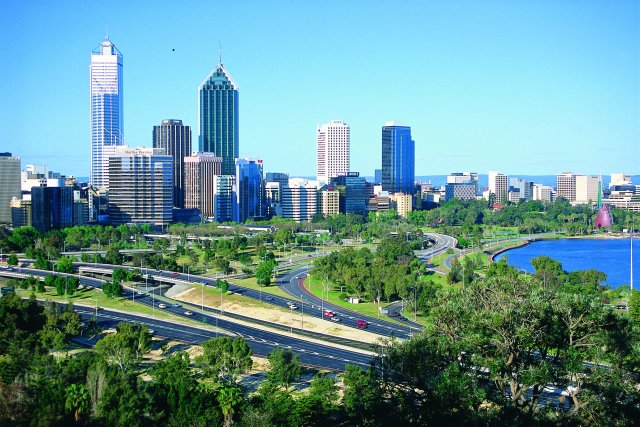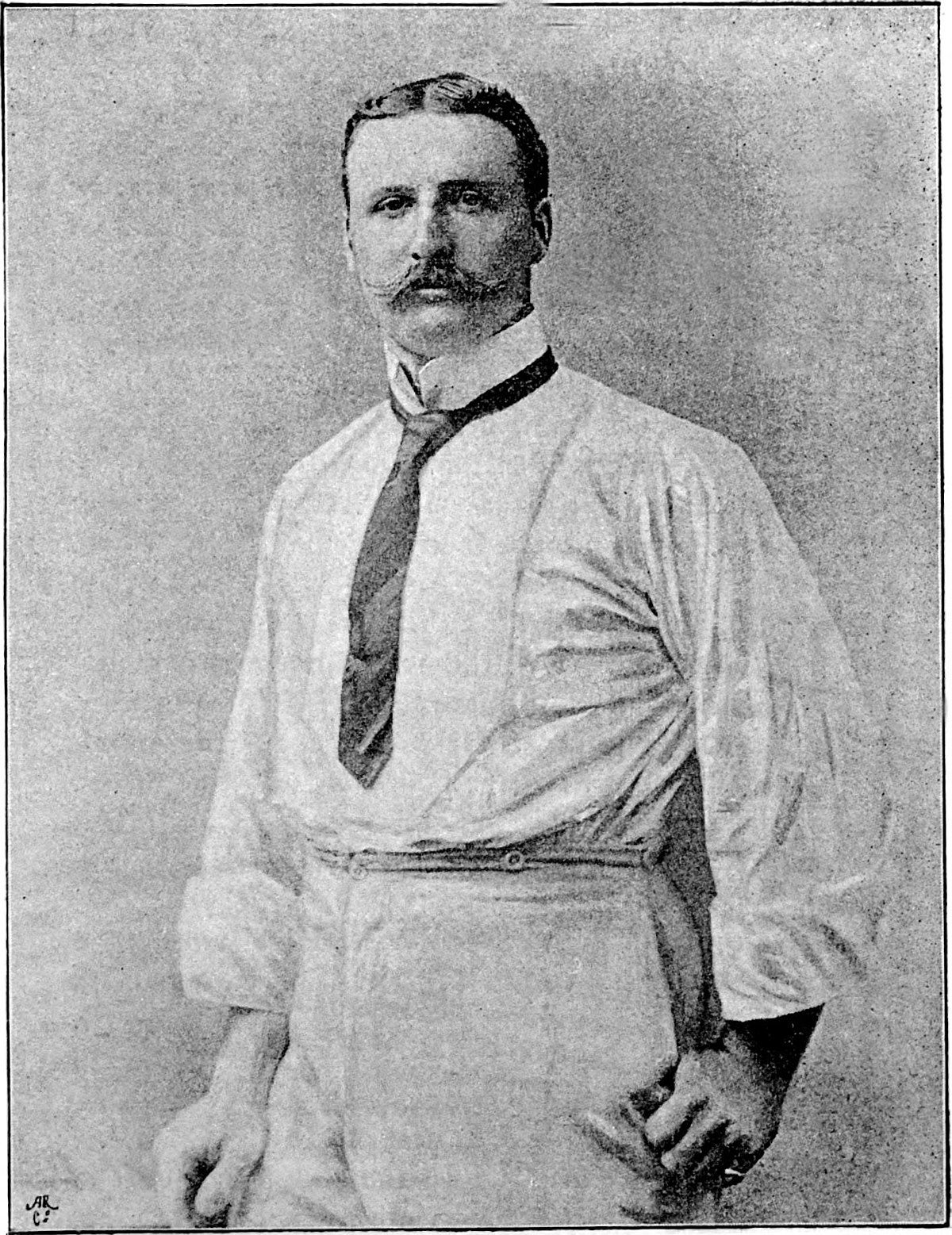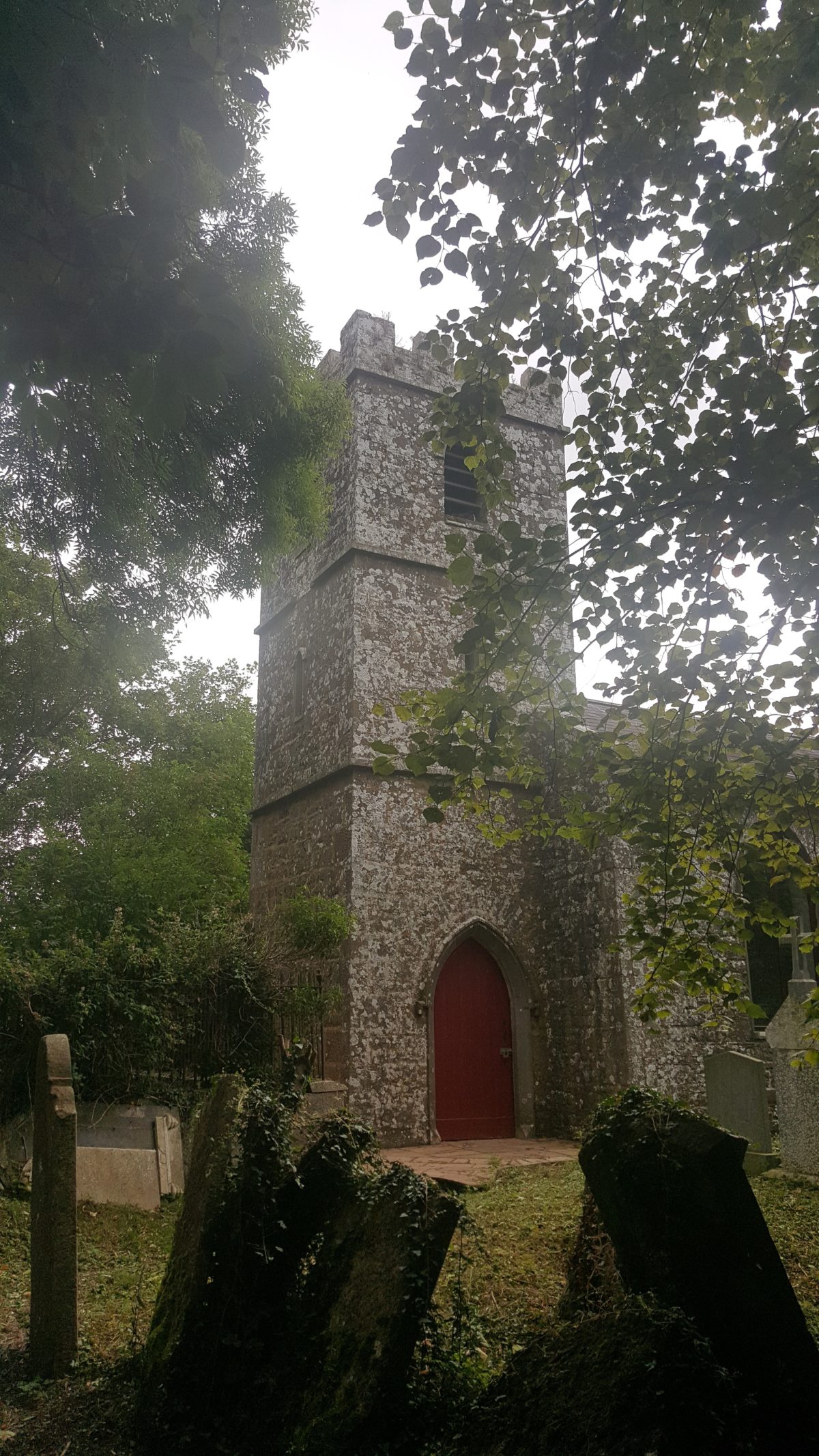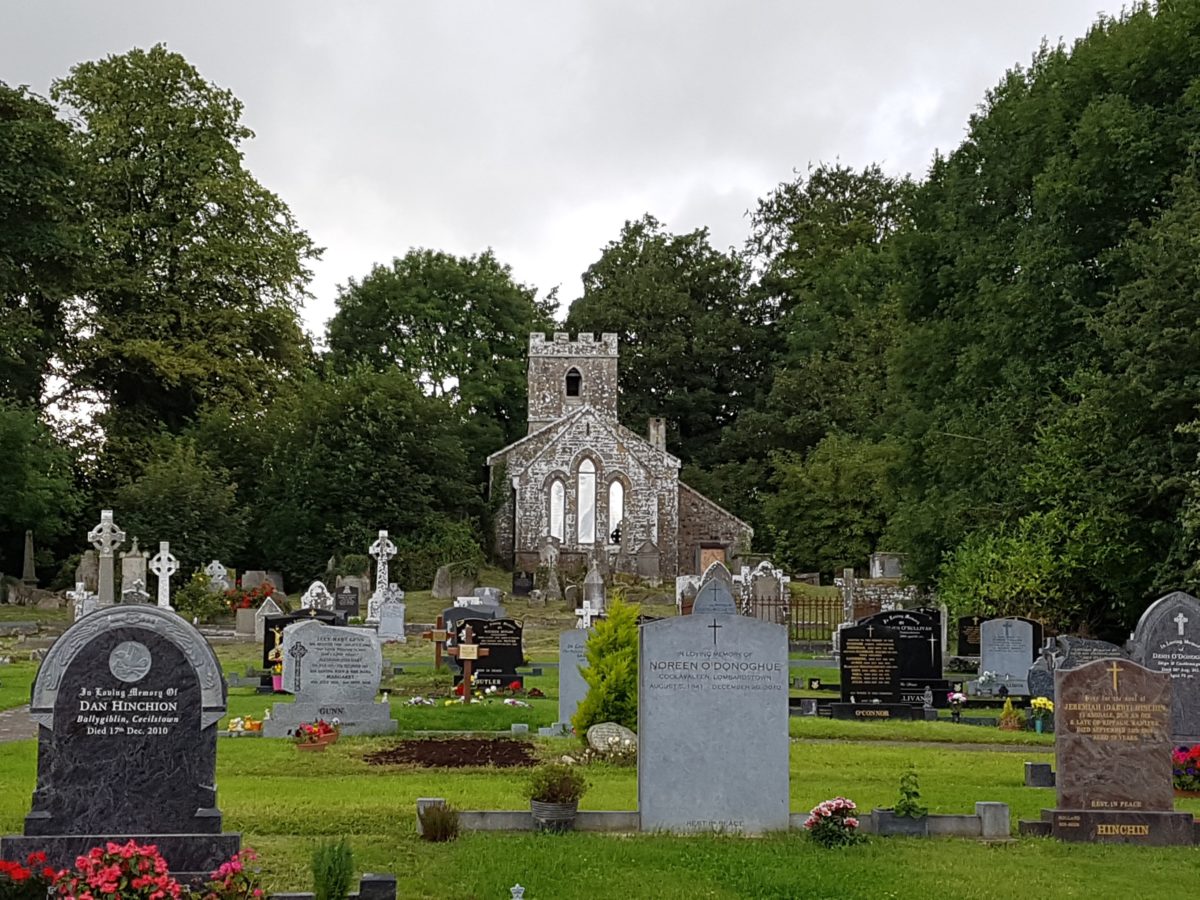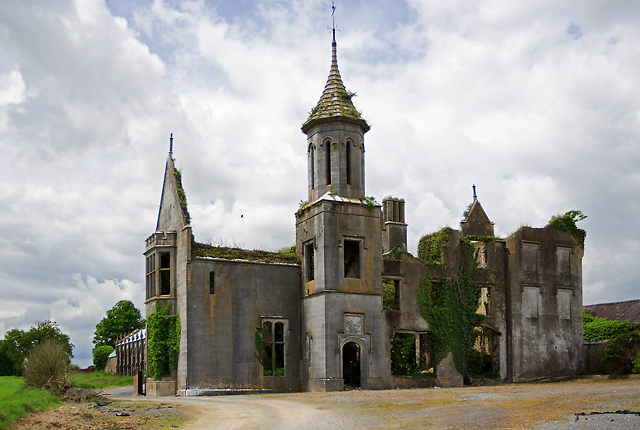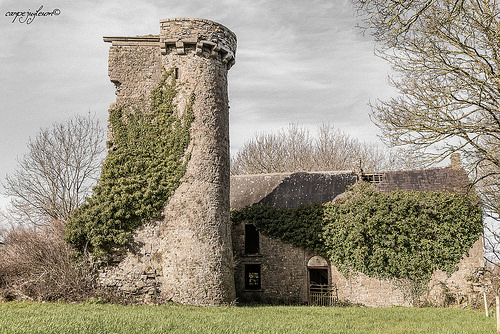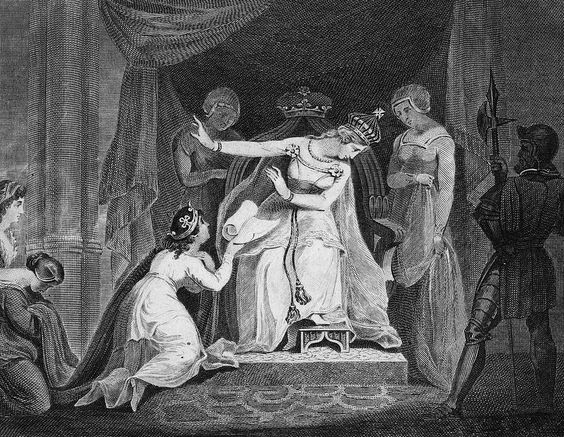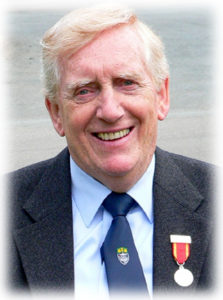Miss O’Neill (eventually Lady Becher) was born in Ireland about the year 1791 and died at Mallow in September 1872. The following interesting details concerning her career are extracted from Sir Bernard Burke’s “Family Romance”
…..Her father, Mr John O’Neill , was at the time of her birth the manager of a strolling company, whose wanderings were pretty extensive, being bounded on the south by the ocean at Kinsale, and on the north by the Giants’ Causeway. Her mother’s maiden name was Featherstone, and to her care the future tragedian was chiefly indebted for her education. She made her first essay as the little Duke of York in Shakespeare’s King Richard the Third, her father playing the part of the crook-backed tyrant. Such was the admiration excited by her talent, that she proved no small pecuniary advantage to her family. Continue reading “Eliza O’Neill, Lady Becher – Actress of Renoun”

